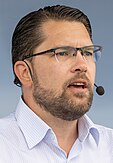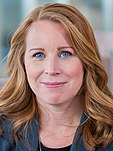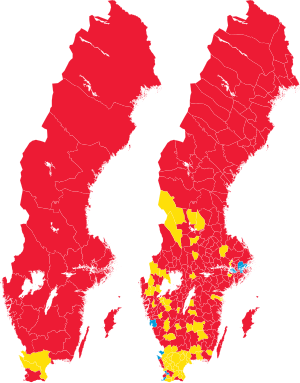| |||||||||||||||||||||||||||||||||||||||||||||||||||||||||||||||||||||||||||||||||||||||||||||||||||||||||||||||||||||||||
All 349 seats in the Riksdag 175 seats needed for a majority | |||||||||||||||||||||||||||||||||||||||||||||||||||||||||||||||||||||||||||||||||||||||||||||||||||||||||||||||||||||||||
|---|---|---|---|---|---|---|---|---|---|---|---|---|---|---|---|---|---|---|---|---|---|---|---|---|---|---|---|---|---|---|---|---|---|---|---|---|---|---|---|---|---|---|---|---|---|---|---|---|---|---|---|---|---|---|---|---|---|---|---|---|---|---|---|---|---|---|---|---|---|---|---|---|---|---|---|---|---|---|---|---|---|---|---|---|---|---|---|---|---|---|---|---|---|---|---|---|---|---|---|---|---|---|---|---|---|---|---|---|---|---|---|---|---|---|---|---|---|---|---|---|---|
| Turnout | 84.2% ( | ||||||||||||||||||||||||||||||||||||||||||||||||||||||||||||||||||||||||||||||||||||||||||||||||||||||||||||||||||||||||
| |||||||||||||||||||||||||||||||||||||||||||||||||||||||||||||||||||||||||||||||||||||||||||||||||||||||||||||||||||||||||
| |||||||||||||||||||||||||||||||||||||||||||||||||||||||||||||||||||||||||||||||||||||||||||||||||||||||||||||||||||||||||
General elections were held in Sweden on 11 September 2022 to elect the 349 members of the Riksdag who in turn elected the Prime Minister of Sweden. Under the constitution, regional and municipal elections were also held on the same day. The preliminary results presented on 15 September showed the government parties lost their majority, which were confirmed by the final results published on 17 September. After a month of negotiations following the elections that led to the Tidö Agreement among the right-wing bloc, Moderate Party (M) leader Ulf Kristersson was elected prime minister on 17 October. The Kristersson cabinet is a minority government of the Moderates, Christian Democrats (KD) and Liberals (L) that relies on confidence and supply from the Sweden Democrats (SD).
The campaign period was met with issues regarding the accession of Sweden to NATO due to the 2022 Russian invasion of Ukraine, as well as crime, energy, the economy, and immigration. Parliamentary parties campaigned through July and August, while in late August SD surpassed M in opinion polls. Exit polls showed that S and its confidence-and-supply parties Left Party, Centre Party and Green Party had a narrow lead against the right-leaning bloc (SD, M, KD, L). During the counting of the preliminary results and later on, Sweden's Election Authority said that the right overtook the left (S, V, C, MP) by three seats. Andersson conceded the election three days later, and resigned the day after that.
The election saw massive swings between the two blocs in different regions. The left-leaning bloc won the most votes in large cities and several university towns with unprecedented massive margins. Stockholm city went red by 18 points, Gothenburg by 11 points and the left also flipped two suburban municipalities in Stockholm County. Meanwhile, the right managed to overturn dozens of municipalities that had historically been dominated by S, especially in the central interior Bergslagen region. In this historically industrial area, the county of Dalarna was won by the right-leaning coalition for the first time in history, while the left held on by just 373 votes in Värmland. Likewise, some municipalities that the outright leftist parties (S, V, MP) had won with an overall majority of 50 points in the 1994 Swedish general election, flipped to the right. In middle Sweden, the right won Eskilstuna, Gävle, Norrköping, Södertälje and Västerås. All five had been historical leftist strongholds.
Major gains in minority were also made by the right-leaning bloc in Northern Sweden, leading the vote in eight municipalities compared to none four years prior. In the lower east, the historically leftist swing counties Kalmar, Södermanland, Västmanland and Östergötland all went to the right to seal the parliamentary majority. S won 30% of the popular vote, with a net increase in spite of the election loss. SD became the second-largest party with above 20% of the popular vote, surpassing M at 19%. The blocs were separated by a thin margin of about half a percentage point. The parties aligned with the outgoing government did somewhat better in the regional and municipal elections.










